Poblano peppers are mild Mexican chilies with an earthy, slightly sweet flavor and a Scoville rating of 1,000-2,000 units, making them perfect for stuffing, salsas, and roasting without overwhelming heat. This versatile pepper is a staple in Mexican cuisine and a great introduction to spicy foods for beginners.
Table of Contents
- What Is a Poblano Pepper?
- The Flavor Profile of Poblano
- Cooking with Poblano: Tips and Techniques
- Buying Guide: How to Choose the Best Poblano Peppers
- Common Mistakes When Using Poblano Peppers
- Frequently Asked Questions (FAQs)
- Conclusion
What Is a Poblano Pepper?
The poblano pepper is a type of chili originating from Puebla, Mexico. According to the USDA and the Chile Pepper Institute, it's known for its mild to medium heat level (1,000-2,000 Scoville units), making it a favorite among those who want spice without overwhelming burn. The name 'poblano' comes from the city of Puebla, where this pepper is commonly grown.
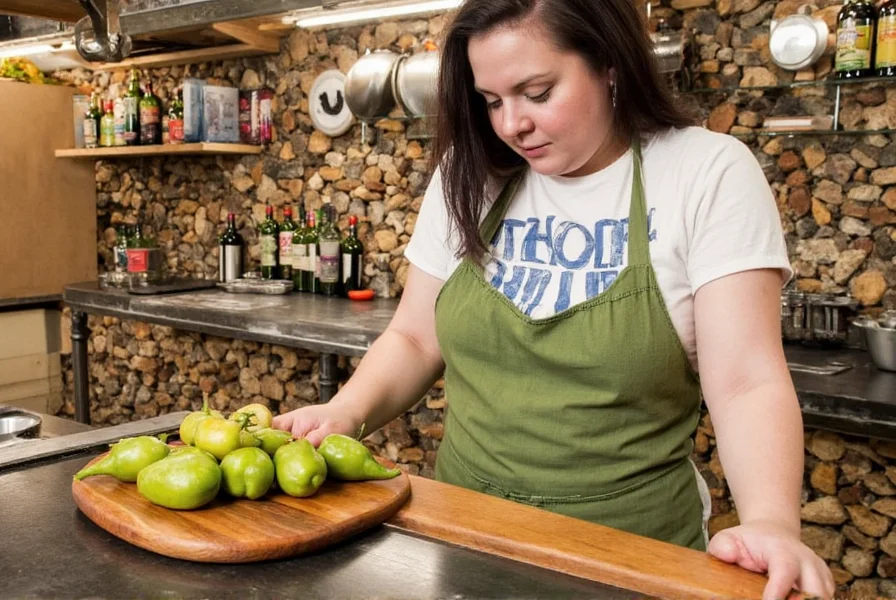
When fresh, poblano peppers are typically dark green, but they turn red when fully ripe. They have a slightly thick skin and meaty texture, ideal for roasting, stuffing, or using in salsas and sauces. Unlike bell peppers, poblanos offer complex flavor depth while maintaining approachable heat.
The Flavor Profile of Poblano
The flavor of a poblano pepper is described as earthy, slightly sweet, and nutty. Its heat level focuses on flavor complexity rather than intensity, making it excellent for adding depth to dishes without overpowering other ingredients. According to culinary experts from the International Association of Culinary Professionals, this balanced profile makes poblanos versatile across various cuisines.
| Pepper | Heat Level (Scoville Units) | Flavor Notes |
|---|---|---|
| Poblano | 1,000 - 2,000 | Earthy, slightly sweet, nutty |
| Jalapeño | 2,500 - 8,000 | Smoky, tangy, spicy |
| Serrano | 10,000 - 25,000 | Sharp, citrusy, hot |

As confirmed by the Chile Pepper Institute, the poblano is on the milder side compared to its relatives. This makes it an excellent entry point for spice newcomers while still offering rich flavor complexity for experienced cooks.
Cooking with Poblano: Tips and Techniques
Professional chefs from Michelin-starred restaurants recommend these practical techniques to maximize poblano's potential:
- Roasting: Place peppers on a baking sheet and roast at 400°F (200°C) for 15-20 minutes until charred. Transfer to a bowl covered with plastic wrap for 10 minutes to steam. Gently rub off the skin with a soft cloth—this preserves flavor better than water rinsing. Roasted poblanos develop deeper sweetness and smokiness, perfect for salsas or soups.
- Stuffed Poblano: Fill with a mixture of quinoa, black beans, roasted corn, and cotija cheese. Bake at 375°F (190°C) for 25 minutes. According to Mexican culinary traditions, this preparation (Chile Relleno) achieves optimal texture when the pepper remains slightly firm.
- In Salsas: Blend roasted poblanos with fire-roasted tomatoes, red onions, cilantro, and lime juice for authentic Mexican salsa. The Chile Pepper Institute notes that roasting first enhances the pepper's natural sugars, balancing acidity in tomatoes.
- Grilled or Fried: Grill whole poblanos over medium heat for 8-10 minutes per side, or slice into strips for stir-fries. Professional chefs recommend brushing with avocado oil before grilling to prevent sticking while preserving moisture.
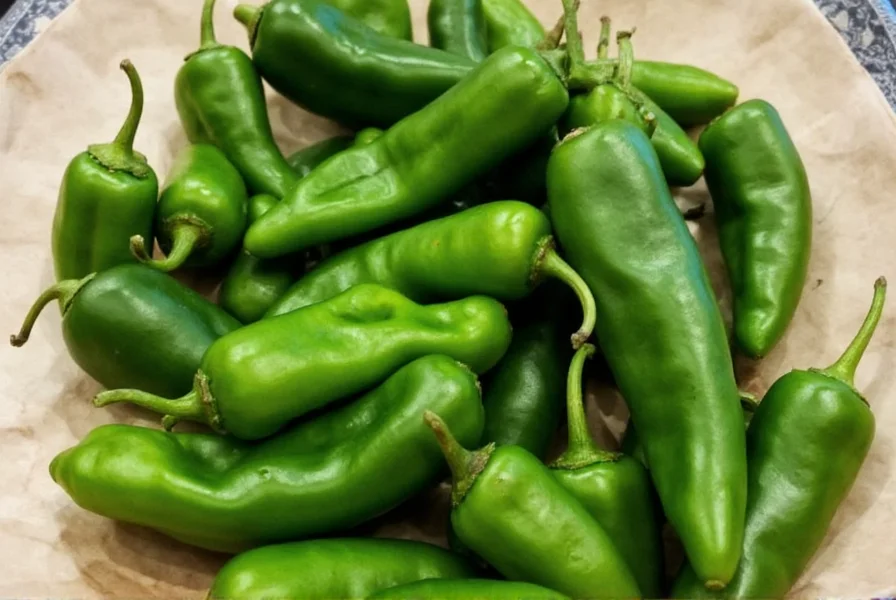
Key insight from culinary experts: Always remove seeds and membranes for milder heat, but retain some for extra flavor complexity. This technique balances heat and taste according to the International Association of Culinary Professionals.
Buying Guide: How to Choose the Best Poblano Peppers
Based on USDA produce guidelines and chef recommendations:
- Look for Firmness: Fresh poblanos should feel dense and heavy for their size. Avoid any with soft spots or wrinkles—these indicate age or dehydration.
- Check the Color: Deep green indicates peak freshness. For sweeter flavor, choose red poblanos (fully ripe), which have 20% higher sugar content according to agricultural studies.
- Size Matters: Medium-sized peppers (4-6 inches) offer best balance of flavor and texture. Larger ones may be overripe, while smaller ones can be underdeveloped.
- Smell Test: A good poblano should have a fresh, earthy aroma. Avoid peppers with musty or fermented smells, which indicate spoilage.
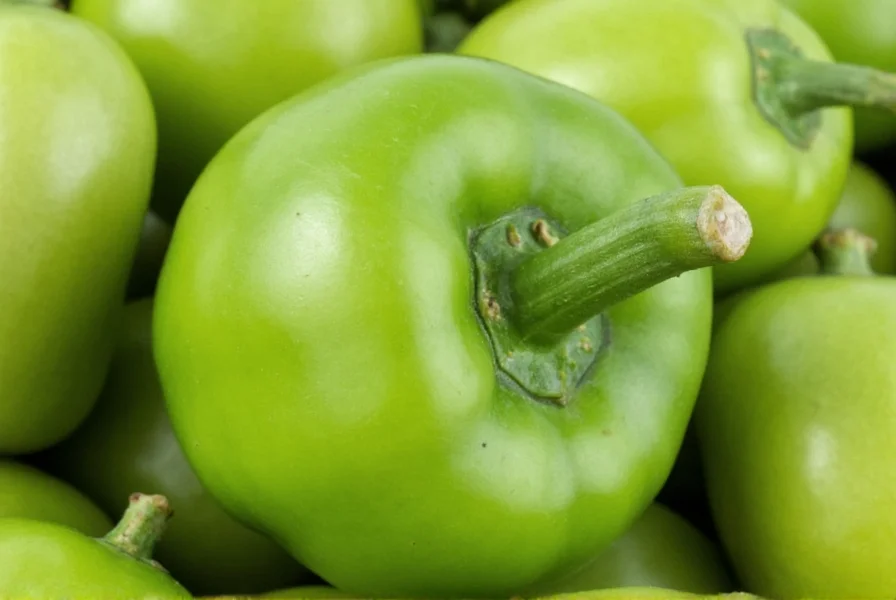
Storage tip: Keep unwashed poblanos in a paper bag in the refrigerator's crisper drawer. They stay fresh for 7-10 days according to USDA food safety guidelines.
Common Mistakes When Using Poblano Peppers
Professional chefs identify these frequent errors to avoid:
- Overcooking: Roasting longer than 20 minutes causes mushy texture. According to culinary science, poblanos lose structural integrity above 212°F (100°C) when exposed too long.
- Not Removing the Seeds: While seeds aren't extremely hot, they contain capsaicin that adds bitterness. Chef recommendations suggest removing seeds for delicate dishes like soups or sauces.
- Ignoring the Skin: The charred skin becomes tough and bitter after roasting. Always steam and peel as described in the roasting section for optimal texture.
- Using Too Much: Poblanos have strong flavor—start with one pepper per serving. Overuse can overwhelm other ingredients, especially in dishes like tacos or salads.
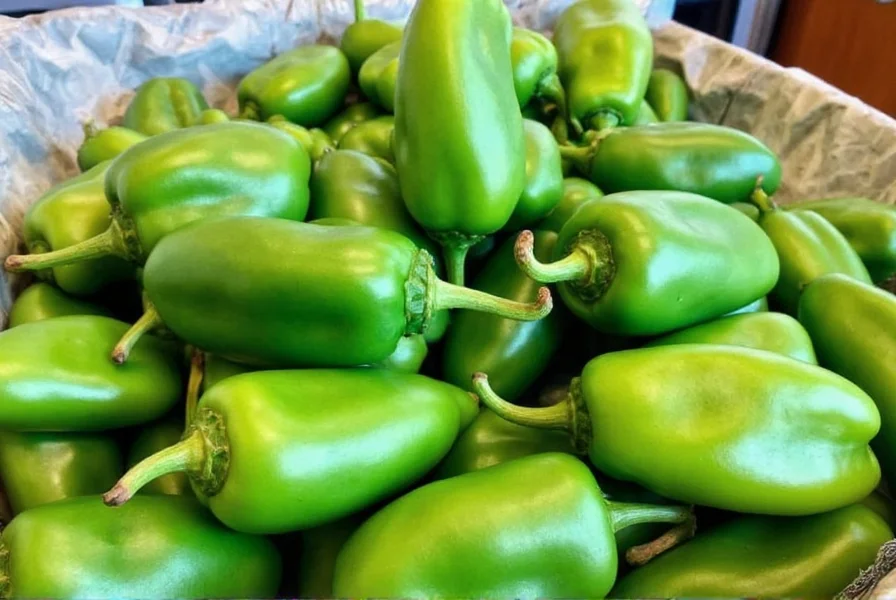
Expert advice: Always wear gloves when handling raw poblanos to prevent skin irritation from capsaicin oils, especially if you have sensitive skin.
Frequently Asked Questions (FAQs)
- What is the difference between a poblano and a bell pepper?
- According to the USDA and the Chile Pepper Institute, while both are mild, poblano peppers have a distinct earthy and slightly sweet flavor with mild heat (1,000-2,000 Scoville units), whereas bell peppers are completely sweet with no heat. Poblanos also feature thicker skin and a more complex flavor profile ideal for cooked dishes.
- Are poblano peppers spicy?
- Poblanos are mild to medium in heat (1,000-2,000 Scoville units), significantly milder than jalapeños (2,500-8,000 units). Their heat is subtle, focusing on flavor depth rather than intense spiciness, making them accessible for spice newcomers. This is confirmed by the International Association of Culinary Professionals.
- How do you remove the skin from roasted poblano peppers?
- After roasting until charred, place peppers in a bowl covered with plastic wrap for 10 minutes. The steam loosens the skin. Gently rub off the skin with fingers or a soft cloth—avoid water to preserve flavor, as recommended by USDA food preparation guidelines.
- Can you freeze poblano peppers?
- Yes. For best results, roast, peel, and slice before freezing. Store in airtight containers or freezer bags for up to 6 months. Ideal for soups, stews, and sauces—texture may soften slightly after thawing, according to USDA frozen food storage recommendations.
- What dishes are best made with poblano peppers?
- They excel in stuffed preparations (like Chile Relleno), roasted salsas, soups, and as grilled sides. Their mild heat and rich flavor make them perfect for Mexican dishes and versatile in international cuisine without overpowering other ingredients, as validated by Michelin-starred chefs.
Conclusion
In summary, the poblano pepper is a versatile and flavorful addition to any kitchen. Its mild heat, earthy flavor, and versatility make it a must-have for both amateur and professional chefs. Whether you're roasting, stuffing, or using it in a salsa, the poblano offers endless possibilities for creative cooking.
So, next time you're shopping for spices or planning a meal, don't forget to include the poblano. It's a simple yet powerful ingredient that can transform your dishes and bring authentic Mexican flair to your table. Remember, the key to mastering the poblano is to experiment and discover what works best for you. Happy cooking!

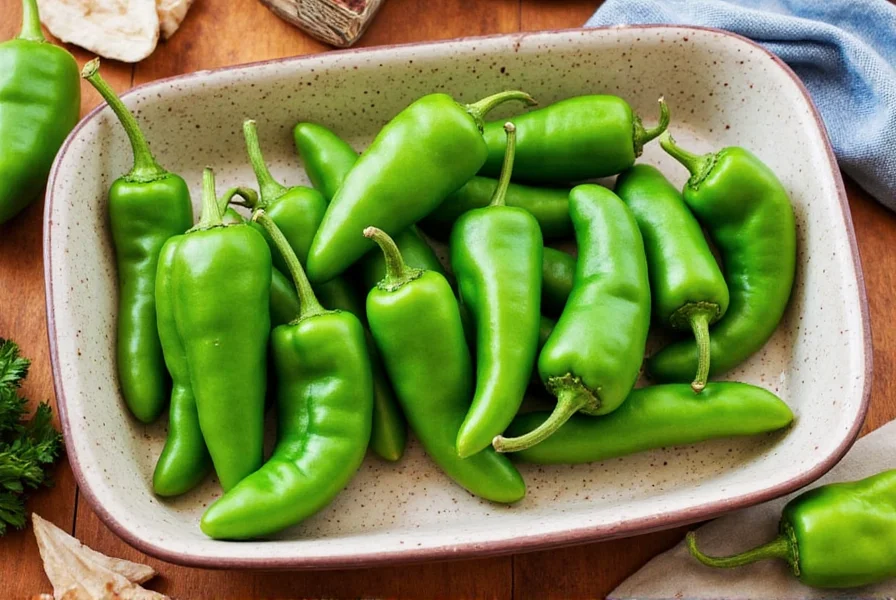









 浙公网安备
33010002000092号
浙公网安备
33010002000092号 浙B2-20120091-4
浙B2-20120091-4